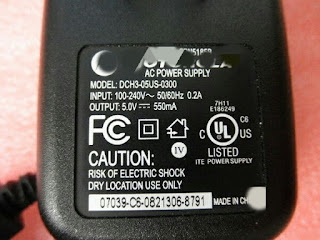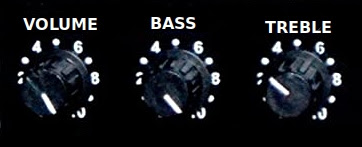Solved Questions on Rectilinear Motion
Q. An object, starting with an initial speed and moving at constant acceleration travels 150m in 5 s. The acceleration stops after this and in the next 5s the object travels 200m farther. Find the initial velocity and acceleration of the object.
Ans:
Let, the initial velocity be u m/s and acceleration of the object was a m/s2.
In the second phase, there are no acceleration. So, the object move with constant velocity.
Therefore, the velocity of the second phase
=200/5 m/s =40m/s
So, we can say that velocity of the object after first 5s was 40 m/s.
Now, for the first 5s
Initial velocity = u m/s
Final velocity(v)= 40m/s
Time duration(t)= 5s
Acceleration= a m/s2
Distance traveled(s)= 150m
400=10u+50a ...........(iii)
Subtracting equation (ii) from equation (iii),
Substituting, the value of a in equation (i) we get,
40=u+5⨰4
Or, u=40-20
Or, u=20
Therefore, the initial velocity of the object was 20m/s and acceleration was 4m/s2.
Q. A train begins its journey from a station with a uniform acceleration of 0.2 m.s-2 and moves for 1 min. Next, it moves for a further 5 min at uniform velocity. It then applies brakes producing a retardation of 0.3s-2 and stops at the next station. What is the distance between the two station?
Ans:
For first 1minute
The initial velocity of the train (u1)=0
Time duration(t1)=1minute=60s
Acceleration(a1)=0.2ms-2
Distance traveled=s1 m(say)
Final velocity=u2 m/s (say)
Therefore, S1=360m.
u2=u1+a1t1
⇒u2=0+0.2×60
⇒u2=12
So, u2=12 m/s.
For 5 minutes phase
There is no acceleration. So, the train moves in uniform velocity [i.e. in u2(12 m/s)]
Velocity (u2)=12m/s
Time duration(t2)=5min=5×60s=300s
Distance traveled=s2 (say)
s2=12×300 m=3600m
For the last phase
Initial velocity(u2)=12 m/s
Final velocity(u3)=0
Acceleration(a3)= -0.3 ms-2
Distance traveled=s3 (say)
So, s3=240m
So, the distance between two station
=s1+s2+s3
=(360+3600+240) m
=4200 m
=4.2 km
Q. On penetrating 1 cm of a wooden block a bullet loses half of its velocity. How fat would it penetrate before it comes to rest?
Ans:
For first 1cm distance
Let, initial velocity = u m/s.
Final velocity= u/2 m/s
Distance traveled(s1)=1cm=0.01m
Here, bullet is experiencing retardation, say, (-a) m/s2
For last phase
Initial velocity= (u/2) m/s
Acceleration= -(300u2/8) m/s2
Final velocity=0
Distance traveled= s
So, s=(1/300) m
Or, s=(1/300)×100 cm
Or, s=(1/3)cm
Therefore, the bullet would penetrate (1/3) cm more before it come to rest.
Q. A balloon is rising upwards with an acceleration. A stone is dropped from the balloon, when the balloon is at a height of 50.4 m. The stone reaches the ground after 6s. What was the velocity of the balloon when the stone was dropped?
Ans:
A balloon is rising upward with an acceleration. The stone is dropped that balloon.
So, the stone has an initial velocity.
Hence, it initially goes upward and comes to rest and then go downward.
In this entire process, the acceleration due to gravity(g) is effecting acceleration.
Let, at the time of dropping, the velocity of the stone was u m/s.
For the upward motion
Initial velocity= u m/s
Final velocity= 0
Acceleration(-g)= -10 m/s2
Time duration= t1
So, 0=u-gt1
Or, t1=u/g
Or, t1=u/10
Therefore, the stone taken t1=(u/10)s for reducing its velocity to 0(zero). So, the stone take 2t1 time to come back its initial position i.e. at the height of 50.4 m.
For come down from the height of 50.4m
Initial velocity=u m/s.
Time(t2)=(6-2t1)s
=6-(2u)/10 s
Acceleration=g=9.8 m/s2
So,
Therefore, the velocity of the balloon when the stone was dropped was 21.6m/s.














Comments
Post a Comment